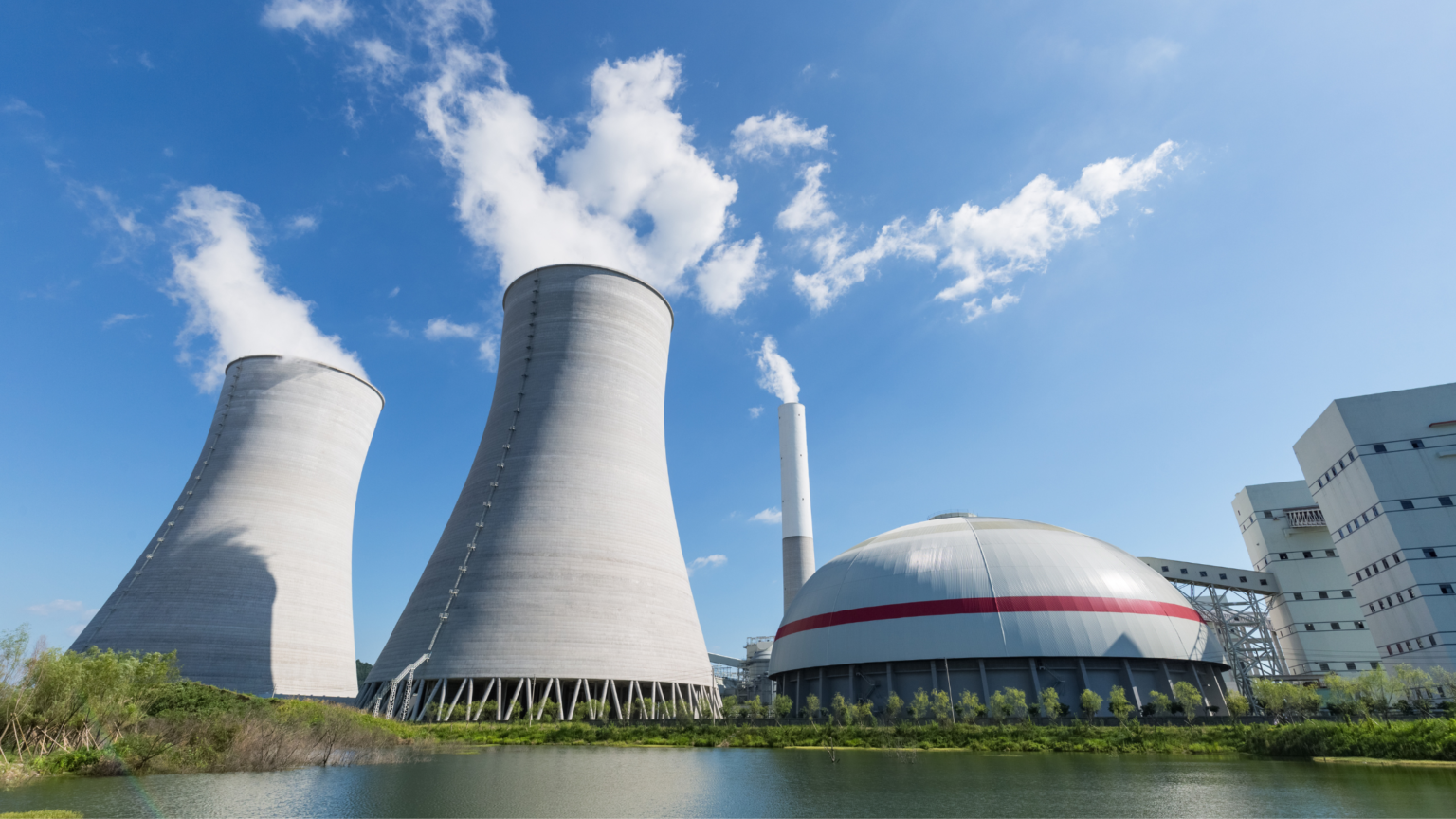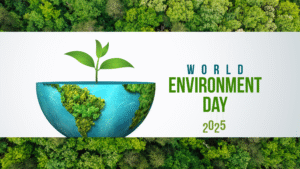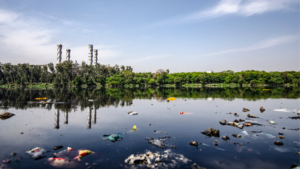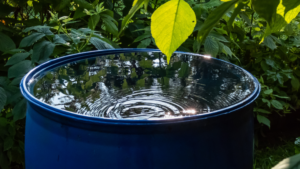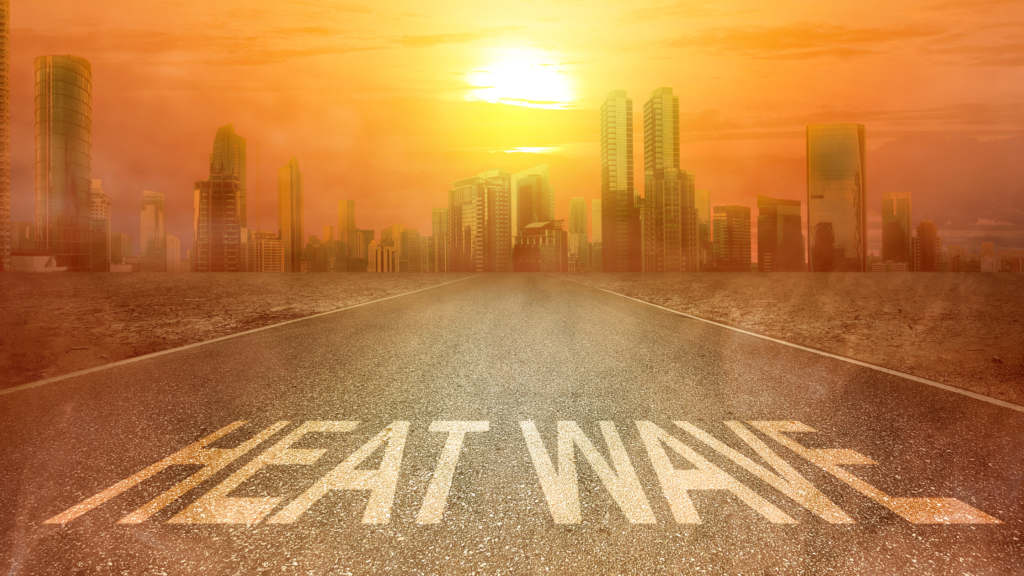Thermal pollution, the silent ecological disruptor, is drawing the crowd in today’s environmental discussions. In contrast to more visible pollution types, thermal pollution subtly changes the temperature of water bodies with far-reaching consequences.
However, what is thermal pollution, and why does it matter? Let’s explore.
Thermal pollution occurs when human activities alter the temperature of natural water bodies such as rivers, lakes, or oceans, typically causing them to become warmer.
When water gets too hot, it can cause a lot of problems for fish and other creatures living in the water. Studies have shown that warmer water can increase their metabolic and heart rate, they tend to eat more, grow and swim faster, and even get sick more often.
Let’s unravel these concerns by examining the causes, impacts, real-world instances, and potential solutions to this urgent problem.
Read Related: How to Stop Water Pollution For Clean and Healthy Ecosystems
Causes of Thermal Pollution
The causes of thermal pollution is a mix of human and natural sources but the latter contributes in a greater way.
Natural causes include geothermal activities and volcanic eruptions that increase temperatures of nearby water bodies. However human activities, especially those in the industrial sector, can be among the major causes. Industries typically utilize water as a coolant to help disperse heat from machines and then release the hot water back into the lakes or rivers and raise local temperatures. Sounds no less than a crime, right?
Power plants, specifically those that are thermally powered, are infamous for this kind of practice. They produce a significant amount of energy in the world, however, their dependence of water cooling system can lead to huge thermal discharges.
For 30 years, General Electric dumped PCBs, a harmful chemical, into the Hudson river. These chemicals build up in the environment and cause health problems. Also, the power plants along the river used its water for cooling, releasing heated effluents back into the river. This practice led to significant ecological disturbances, affecting local fish populations and water quality.
According to a 2022 report, the damage to the Hudson River’s natural resources could cost up to $11.4 billion. The report also suggests dredging the Upper Hudson to prevent further damage, which would cost an estimated $10.7 billion.
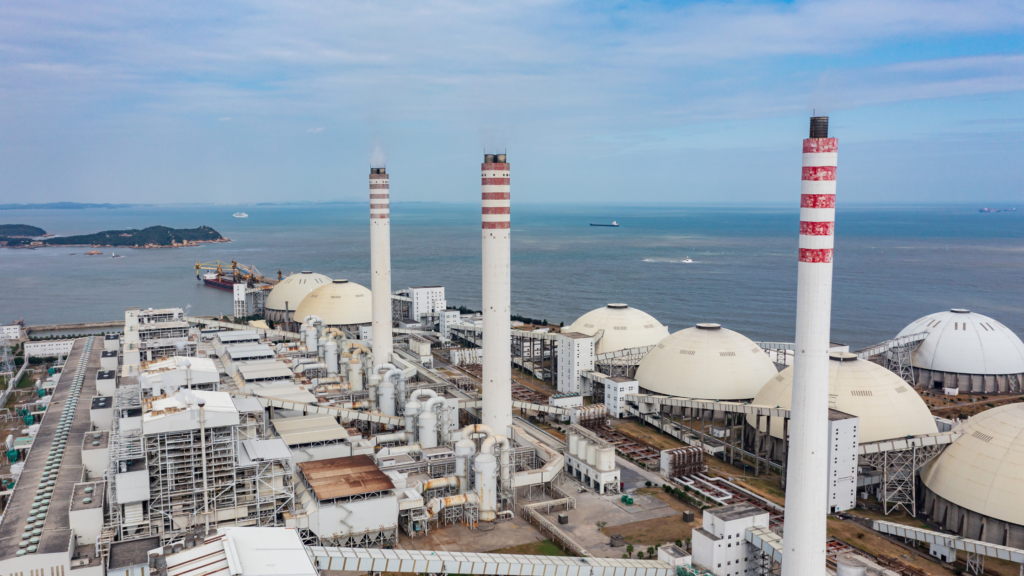
Internationally, the Ganges in India is one of the major thermal pollution examples. Industrialization along its banks has raised water temperatures, impacting its unique biodiversity. Statistics reveal a correlation between increased thermal discharge and the decline of freshwater species, underscoring the critical need for mitigation strategies.
Urbanization is also a contributor to the thermal pollution sources. The increased development and construction results in the retention of heat onto structures and roads and then pumped into water bodies by storm water runoff.
The rapid urbanization has led to severe water shortages and intensified urban heat island effect in Beijing, China. This prevents rainwater from soaking into the ground and has led to intensified flooding events as well when combined with UHI effect.
The sprawling urban expansion around Los Angeles, California sets another example. As the city grew, vast expanses of concrete and asphalt were introduced, absorbing and retaining heat from the sun. During rainfalls, this heat is transferred to surrounding water bodies through storm water runoff, elevating temperatures and influencing local aquatic ecosystems. Additionally, the increase in impervious surfaces reduces groundwater recharge, affecting the hydrological balance. (USEPA)
Impacts of Thermal Pollution
Environmental Impact
Habitat Destruction
Warmer water holds less oxygen, making it difficult for fish and other aquatic creatures to breathe. This can lead to suffocation and habitat destruction.
Disease and Parasites
Elevated water temperatures can create ideal conditions for the growth of disease-causing bacteria and parasites, harming aquatic organisms.
Migration Disruption
Warmer water can disrupt migration patterns of fish and other aquatic species, affecting their ability to find food and reproduce.
Altered Food Webs
Temperature changes can disrupt the delicate balance of food webs. For example, warmer water may favor certain species over others, leading to imbalances.
Reduced Biodiversity
Increased temperatures can reduce biodiversity by limiting the number and variety of species that can survive in a particular habitat.
Coral Bleaching
In marine environments, thermal pollution can contribute to coral bleaching, a phenomenon where corals expel the algae that give them color and provide nutrients.
Human Health Impacts
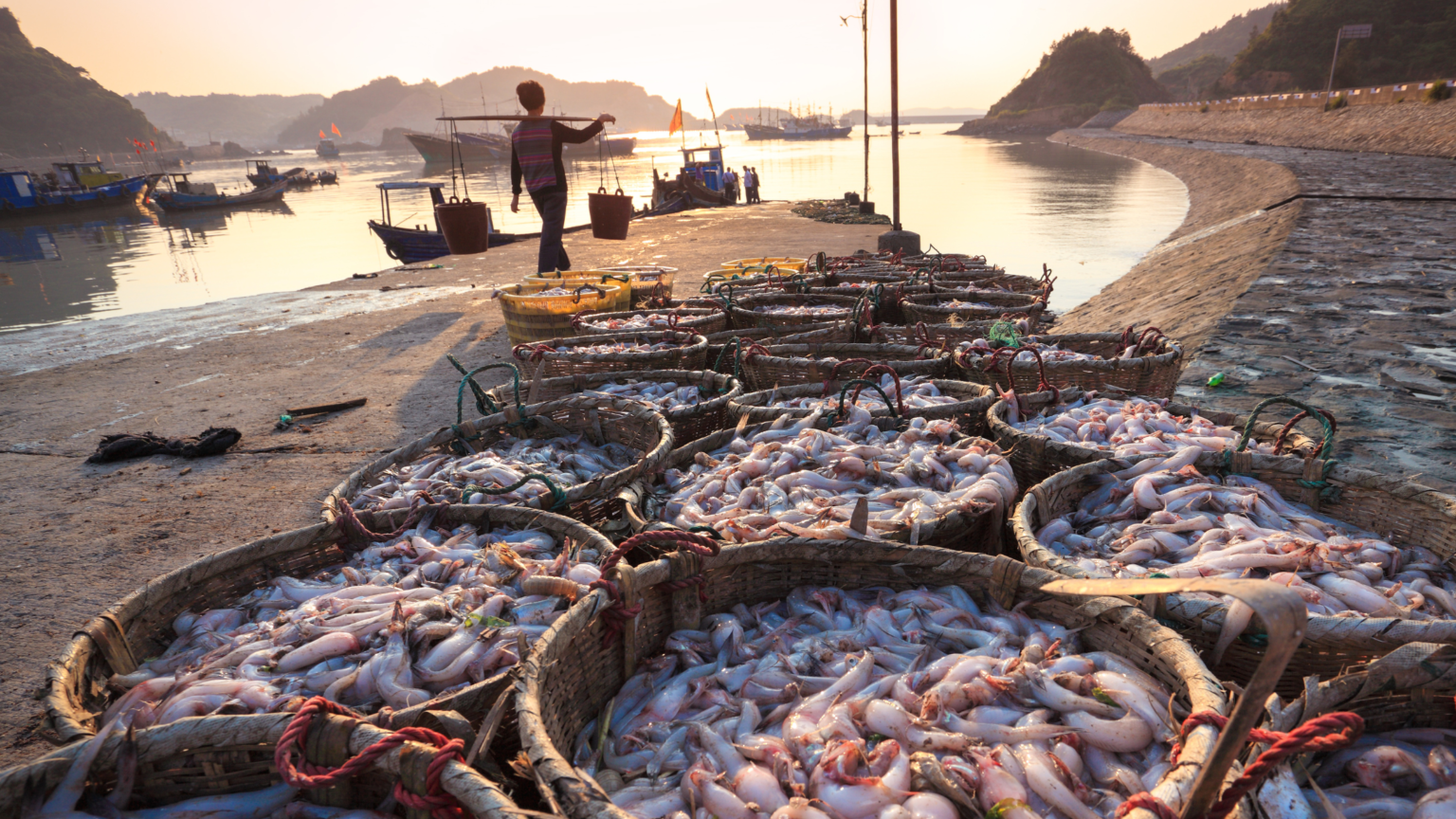
Reduced Fisheries
On a broader scale, thermal pollution can harm fish populations, leading to declines in commercial and recreational fishing industries, affecting food security and livelihoods. (FAO)
Tourism and Recreation
Warmer water can negatively impact tourism and recreational activities that rely on healthy aquatic ecosystems, leading to economic losses. (UNWTO)
Increased Costs
Addressing the consequences of thermal pollution can be expensive, requiring investments in pollution control measures and habitat restoration, which may burden communities and governments. (World Bank)
Greenwashing: The Dark Side of Thermal Pollution
Industries often contribute to the thermal pollution, but some try to mask their impact through greenwashing. Greenwashing – a deceptive marketing practice – let companies portray their practices as environmentally friendly when they are not.
The Duke Energy Controversy
Duke Energy, a large energy company in the United States, faced criticism for its thermal pollution practices, particularly in North Carolina. The company was accused of greenwashing by claiming to have implemented measures to reduce its environmental impact, while environmental groups argued that its discharges were still causing harm to aquatic ecosystems.
The controversy led to legal challenges and public scrutiny, highlighting the importance of transparency and accountability in addressing environmental issues like thermal pollution.
While Duke Energy has taken steps to improve its practices, the case serves as a cautionary tale about the potential for greenwashing to mislead the public and undermine efforts to protect the environment.
Read Related: The Greenwashing Game: Understand the Truth Behind Environmental Claims
Mitigation and Solutions
Thermal pollution is a serious environmental issue, but there are several strategies that can help mitigate its impacts.
Some suggested solutions to thermal pollution curbing are;
1. Cooling Water Technologies
Wet Cooling Towers
These towers use water to cool down heated water before releasing it back into the environment. The water evaporates, taking heat with it.
Dry Cooling Towers
These towers use air to cool heated water, reducing the amount of water needed and minimizing thermal pollution.
Once-Through Cooling
This method involves using natural bodies of water like rivers or lakes to cool heated water. However, it can have significant environmental impacts, especially in areas with limited water resources.
2. Energy Efficiency and Conservation
Reduce Energy Consumption
By reducing energy consumption, we can decrease the demand for power plants, which are a major source of thermal pollution.
Improve Energy Efficiency
Investing in energy-efficient technologies can help reduce the amount of heat generated by power plants.
Renewable Energy Sources
Shifting towards renewable energy sources like solar, wind, and hydro power can reduce the need for fossil fuel-powered plants.
3. Water Management
Increase Water Flow
Increasing the flow of water in rivers and lakes can help dilute heated water discharges.
Artificial Wetlands
Creating artificial wetlands can help filter and cool heated water before it enters natural bodies.
Water Recycling
Recycling wastewater can reduce the amount of fresh water needed for cooling, reducing the impact on natural water sources.
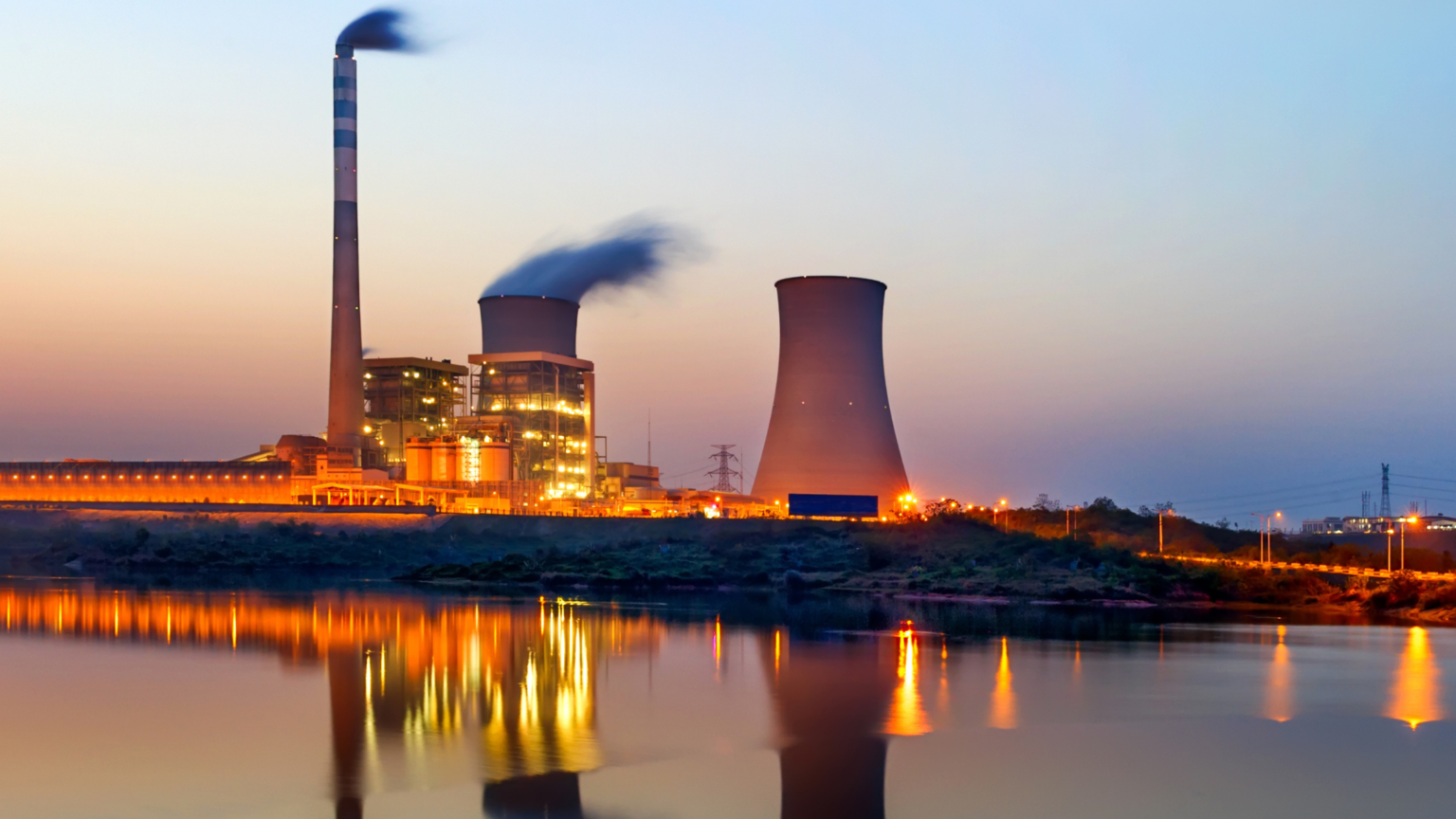
4. Regulatory Measures
Stricter Regulations
Implementing stricter regulations on industrial discharges can help limit the amount of heated water released into the environment.
Environmental Impact Assessments
Requiring environmental impact assessments for new industrial projects can help identify and mitigate potential thermal pollution risks.
Monitoring and Enforcement
Regular monitoring and enforcement of environmental regulations can ensure compliance and prevent violations.
Final Word
Understanding what is thermal pollution has become imperative to save our waters and aquatic life. The discharge of heated water into natural bodies can have devastating consequences.
Thermal pollution can harm aquatic life by disrupting their metabolism, reducing oxygen, promoting diseases, and damaging ecosystems. It can also disrupt food chains, reduce biodiversity, and harm coral reefs.
Fortunately, there are several strategies to mitigate thermal pollution. Cooling water technologies, energy efficiency measures, water management practices, and regulatory interventions can all help reduce the impact of heated water discharges.
Addressing thermal pollution requires a collective effort from individuals, industries, and governments. By reducing our energy consumption, supporting renewable energy sources, and advocating for stricter environmental regulations, we can contribute to a healthier and more sustainable future. Let’s work together to protect our planet’s precious aquatic resources.
FAQs
Thermal pollution is like giving a bath to a fish in scalding hot water. It’s when industries or power plants release warm water into rivers or lakes, upsetting the natural balance.
Land near factories or power plants can promote thermal pollution. These places often have easy access to water bodies, making it convenient to discharge heated wastewater.
Imagine a fish trying to breathe in a hot, stuffy room. Thermal pollution can decrease oxygen levels in water, making it harder for aquatic creatures to survive. It can also disrupt their habitats and food chains, leading to ecological imbalances.
Factories, power plants, and even urban runoff can be sources of thermal pollution. Industries often use water as a coolant, releasing it back into the environment at a higher temperature.
Industrial processes, power generation, and urbanization can all contribute to thermal pollution. When factories use water for cooling or power plants release heated wastewater, it can disrupt the natural temperature of water bodies.
We can combat thermal pollution by using cooling towers to cool wastewater before releasing it, treating wastewater to remove pollutants, conserving water, and exploring renewable energy sources.
- Geurdes M (2023) Thermal Pollution and Its Impact on the Environment. J Pollut Eff Cont. 11:361.
- Cummins, K. W. (1971). Hynes, HBN 1970. The ecology of running waters. Univ. Toronto Press, xxiv+ 555 p. $25.00.
- Shiomoto, G. T., & Olson, B. H. (1978). Thermal pollution impact upon aquatic life. Journal of Environmental Health, 132-139.
- Dwivedi, S., Mishra, S., & Tripathi, R. D. (2018). Ganga water pollution: a potential health threat to inhabitants of Ganga basin. Environment international, 117, 327-338.
- Hu, M. (2024). Urbanization in Beijing: Challenges and Sustainable Solutions for Water Scarcity and Urban Heat Islands. Highlights in Science, Engineering and Technology, 86, 108-114.
- https://www.epa.gov/caddis/urbanization-temperature
- https://www.fao.org/publications/home/fao-flagship-publications/the-state-of-world-fisheries-and-aquaculture/en
- https://www.unwto.org/sustainable-development/climate-action
- https://documents.worldbank.org/en/publication/documents-reports/documentdetail/191441468335952475/valuation-of-ecosystem-services-in-world-bank-group-work
- https://www.greenmatters.com/climate-action/hudson-river-pollution
- https://www.scenichudson.org/news/new-report-estimates-billions-in-damages-for-devastating-contamination-of-the-hudson-river/

